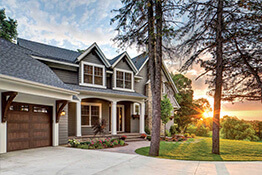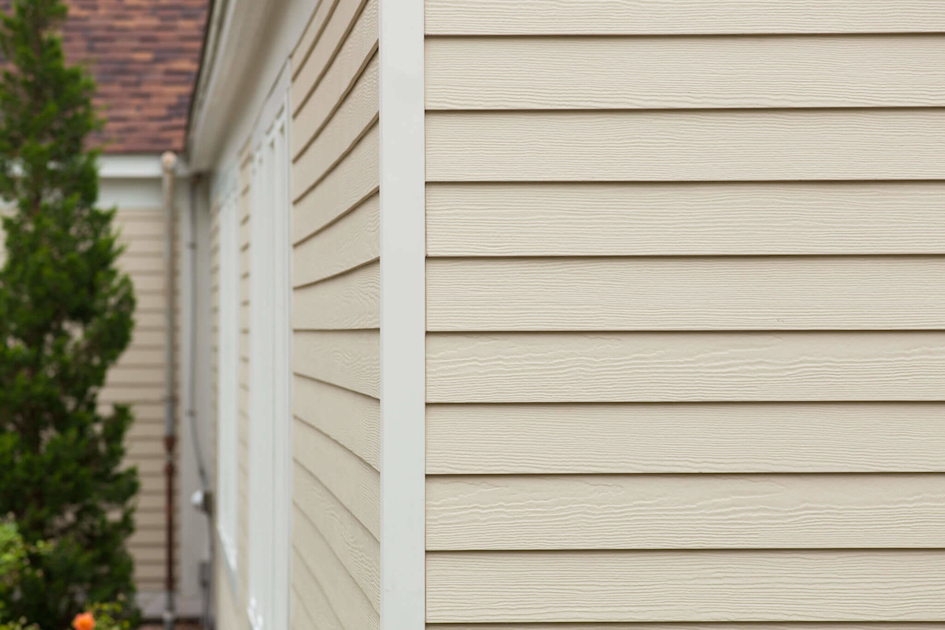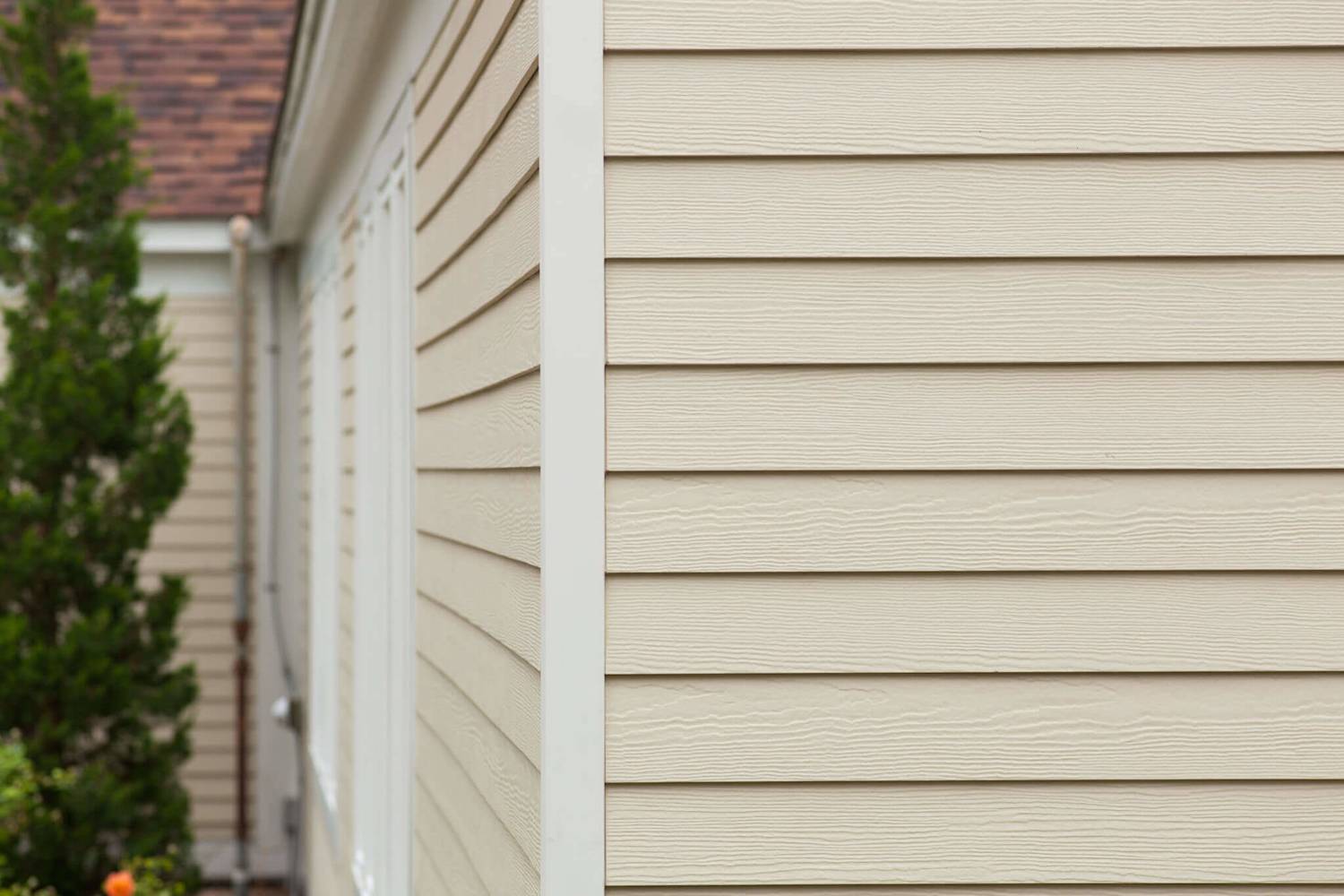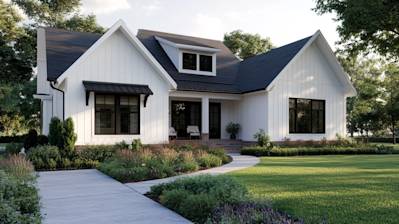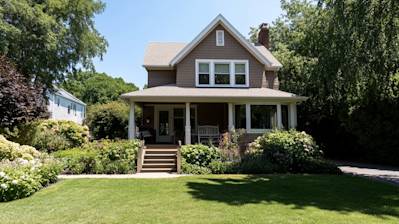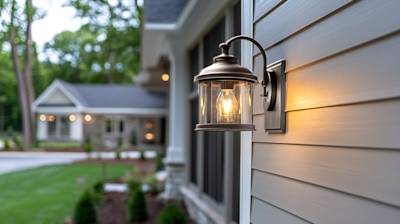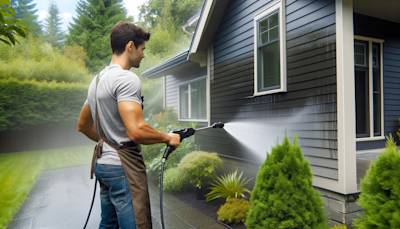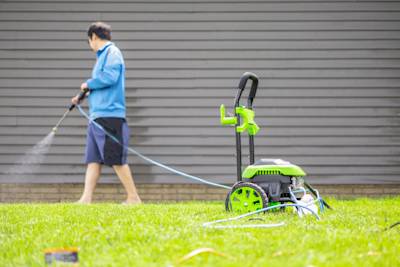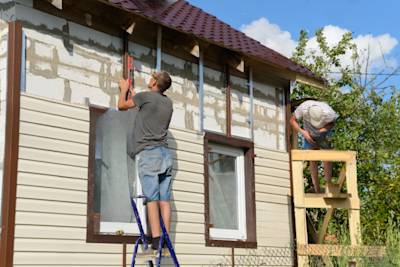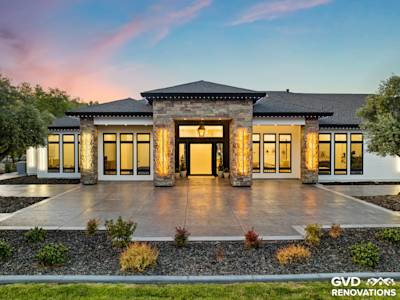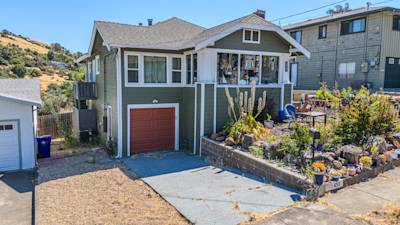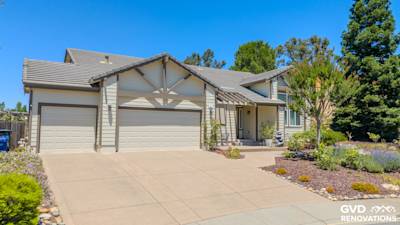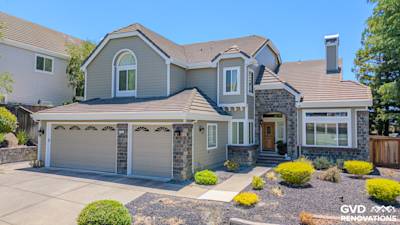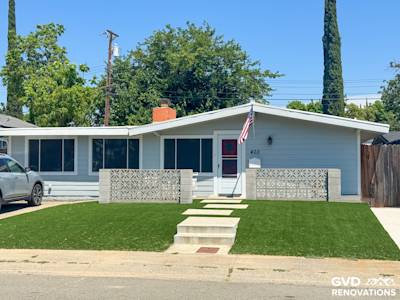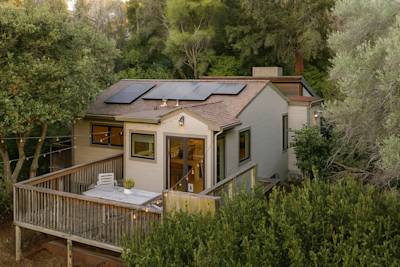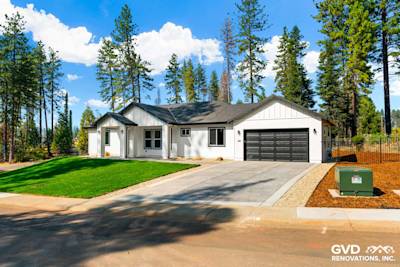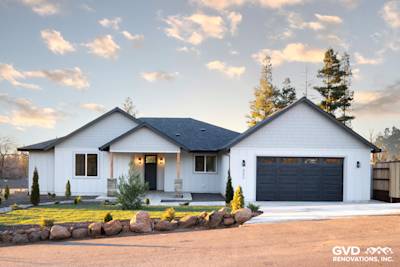Replacing the old siding with new types of vinyl siding on your home is one of the most extensive remodeling services, which means you cannot afford to go wrong. As your home siding can transform the exterior of your house, it is of utmost importance to make the right decision when choosing the style of siding. Several things need to be considered when selecting a siding style, including:
- The Texture
- The Color
- Width of Planks
- Type of Insulation
Vinyl siding styles are one of the most popular types of siding today. They are especially famous for their versatility and because they give a finished look similar to the wood siding styles.
In this blog post, we will cover the various types of vinyl siding. By the time you reach the end of this blog, you will be able to make a well-informed decision about which of the vinyl siding styles you want to go with.
Let’s look at all the factors that you need to consider when going for different types of vinyl siding installation:
Most Important Features of Different types of Vinyl Siding
Width of Siding
Vinyl siding styles typically come in 4 various widths, which include 4 inches, 5 inches, 6 inches, and 7 inches. When choosing the width, it is vital to consider the size of your home. Wide types of vinyl siding are more suitable for larger homes as they don't look huddled. In comparison, wider siding do not work well with small homes because it gives them a bulky feel.
Vinyl Siding Styles
Vinyl siding come in two standard styles, i.e., vertical vinyl siding and horizontal vinyl siding. Let's walk you through the differences and, pros & cons of both of them:
Vertical Vinyl Siding:
Back in the day, vertical vinyl siding was only used on barns and farms. But now, it is one of the most vinyl siding styles in the west and is considered to add a contemporary look to your property. With vertical types of vinyl siding, your home looks elongated.
Pros of Vertical Vinyl Siding:
- Easy to clean and maintain.
- Doesn’t allow the water to get stuck in the cracks.
- More durable.
- Offers uniqueness.
Cons of Vertical Vinyl Siding:
- More expensive.
- Requires more time to install.
- It is quite unconventional.
Horizontal Vinyl Siding:
Contrary to vertical vinyl siding styles, horizontal vinyl siding is common. Not only is it reasonable and attractive, but it is also quite appealing, and it enhances the beauty of your home. Horizontal types of vinyl siding come in a variety of options, such as beaded siding, clapboard, dutch lap siding, and ship-lap siding.
Pros of Horizontal Vinyl Siding:
- Simple, easy, and quick installation.
- Cheaper than vertical vinyl siding styles.
- Perfect for homeowners who prefer traditionalism.
Cons of Horizontal Vinyl Siding:
- Difficult to clean and maintain.
- Water may accumulate in the cracks.
- Not as unique as vertical vinyl siding.
Types of Vinyl Siding
Vinyl siding styles come in 12 different varieties. Let’s give you an overview of each one of them:
1. Clapboard
Clapboard siding consists of 4 inches planks that are nailed lengthwise. Their texture is like that of wood, and they overlap each other to create a shadow that produces an intriguing profile. Clapboard has been one of the most common types of vinyl siding since Colonial Times in the US. Hence, they are a common choice among people who prefer living in traditional-looking homes.
2. Traditional Lap
This one of the vinyl siding styles uses wider planks of about 6 inches in width. They, too, overlap each other to create interesting shadow lines. Plus, they are great for efficiently shedding water and preventing it from seeping to the surface inside.
3. Dutch Lap
Dutch laps vinyl siding styles are just an advanced level of the traditional lap. It creates a sharper bevel angle hence enhanced contrast. Deeper troughs give an impression of stronger shadow, which adds to the home's aesthetic.
4. Smooth
When it comes to modern types of vinyl siding, smooth vinyl siding styles are quite common and popular. They give off a clean look because of the absence of texture. They are perfect for contemporary households.
5. Wood Grain
Vinyl siding styles can also be made from wood grain, which is available in horizontal and vertical vinyl siding types. These planks give an impression of stained wood, but it is a more durable option.
6. Beaded Seam
Beaded seams vinyl siding styles are the most expensive option on the list. They add a unique and rich touch to your home’s exterior and create the deepest shadow lines.
7. Board and Batten
These vinyl siding styles are abnormally wide, up to 12 inches broad. The board and batten vinyl siding is also called barn siding and is a subtype of vertical vinyl siding.
8. Cedar Shake
Real cedar shake vinyl siding styles are very rich in color, but they require high maintenance. If you do not keep up with their maintenance, they tend to lose color, which makes your home look pale and dull.
9. Traditional Shake
Also called a straight edge, these types of vinyl siding planks are placed horizontally, and they create straight shadow lines. The shadow lines won't deviate even if you use textured planks!
10. Staggered Edge
The look resembles cedar shakes and gives the illusion of shingles split with hands. They create complicated shadow lines, but their overall look is quite unique and appealing.
11. Scalloped
For those who love the look of historic buildings, the scallops or the fish scale vinyl siding styles are the perfect choices for you. They can give a picturesque image which looks terrific!
12. Log Vinyl Siding
Although this is one of the most expensive types of vinyl siding, it is worth the investment. They do not catch mold, can stand harsh weather, and retains their color for a long time. It gives a perfectly rustic look to your home!
Now that you have become familiar with all vinyl siding styles, you can decide based on your preference and the pros & cons of all types of vinyl siding!
This article is for general information only and not professional advice. Always consult a licensed contractor before making project decisions. Product details, specifications, or warranties may have changed since publication. Brand and product mentions reflect opinion, not endorsements or guarantees.
Tags: vinyl siding types,
